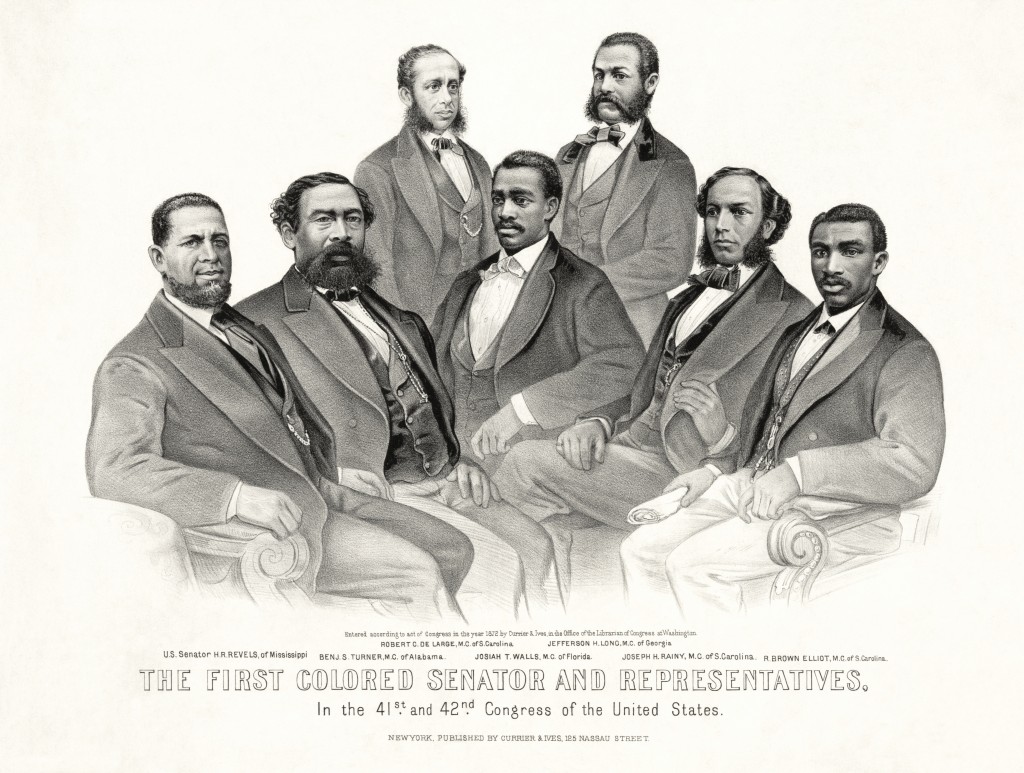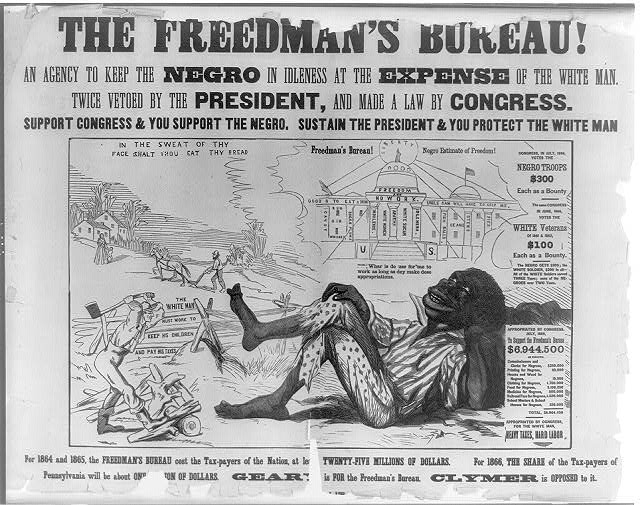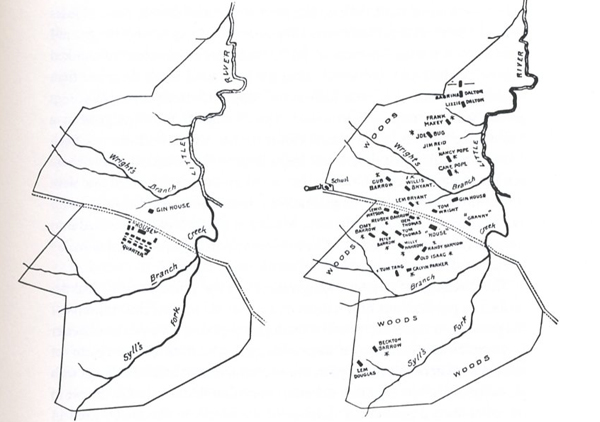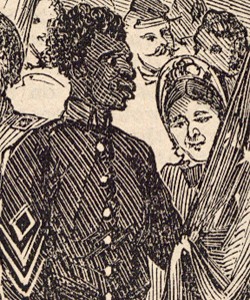Political life in the South during Reconstruction kept changing at a rapid pace. In his book, A Short History of Reconstruction, Eric Foner charts a remarkably complicated set of factors that elevated some groups over others at different times across various states during the period between 1865 and 1877. Once Congress wrested control of the political restoration process away from President Johnson in 1866 and 1867, the result was a brief revolutionary heyday for black political leadership. Yet there was always violent resistance lurking in southern communities determined to stop participation in government by the ex-slaves. The fight culminated with the battle to enforce the Fifteenth Amendment and suppress the rise of the Ku Klux Klan across the South. This was a challenge that even a more conservative figures in the Republican Party seemed to embrace –at least at first. President Grant led the fight to crush Klan-inspired political violence –a determination that surprised some contemporaries who had voted for Grant under the slogan, “Let Us Have Peace.” Yet, even though the post-war Klan was crushed by federal action in the early 1870s, the extent of white support for black politics seemed to collapse as the 1870s drew to a close. Consider some of the following images and see if you can explain any or all of them t can be used to help illustrate important points about American political and economic life in the South during the 1870s.
Word Cloud inspired by Foner’s Short History
Black Senators and Congressmen, circa 1872
Anti-Freedmen’s Bureau political cartoon (1866):
Map of the Barrow Plantation, during and after slavery:





